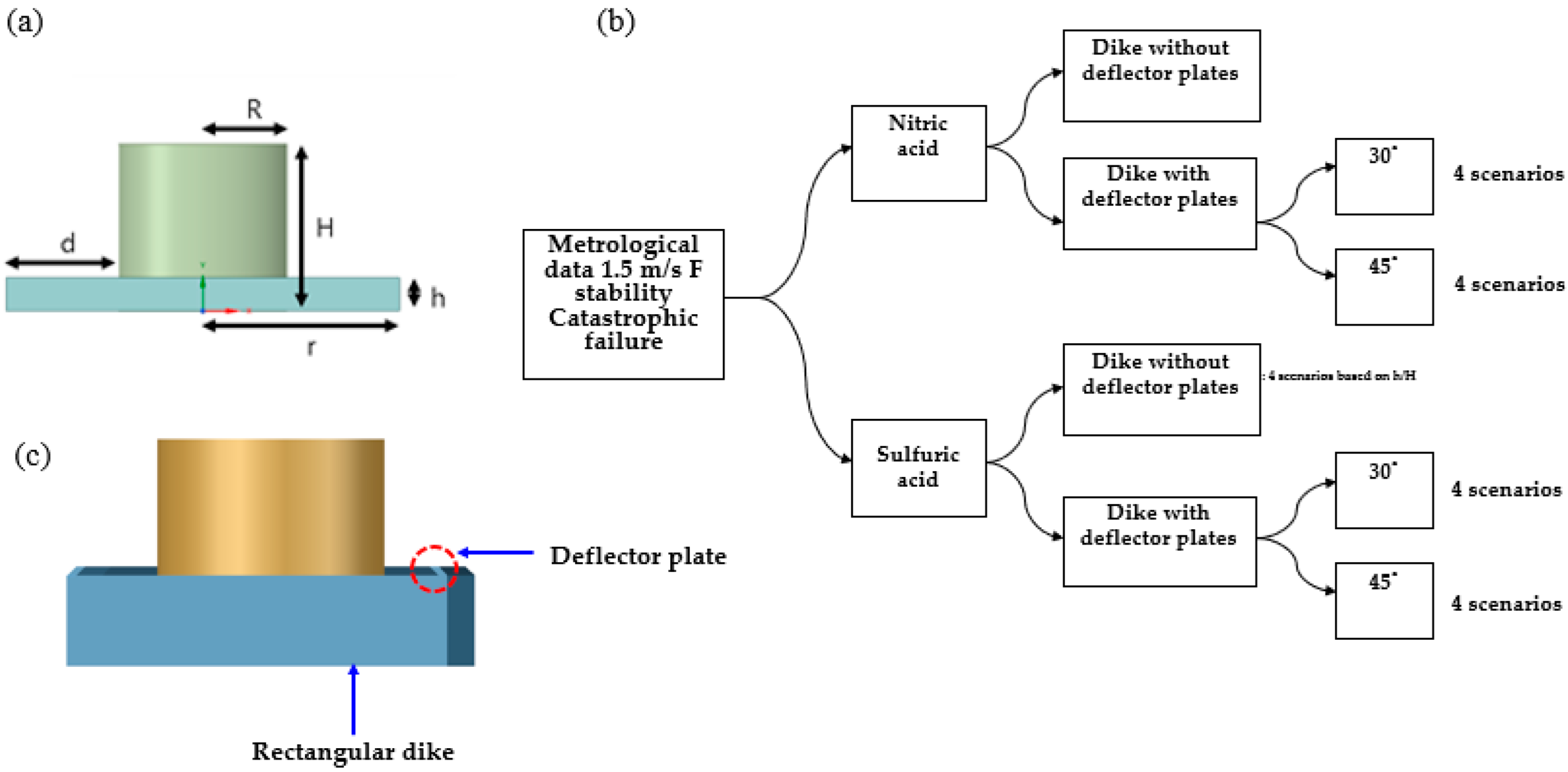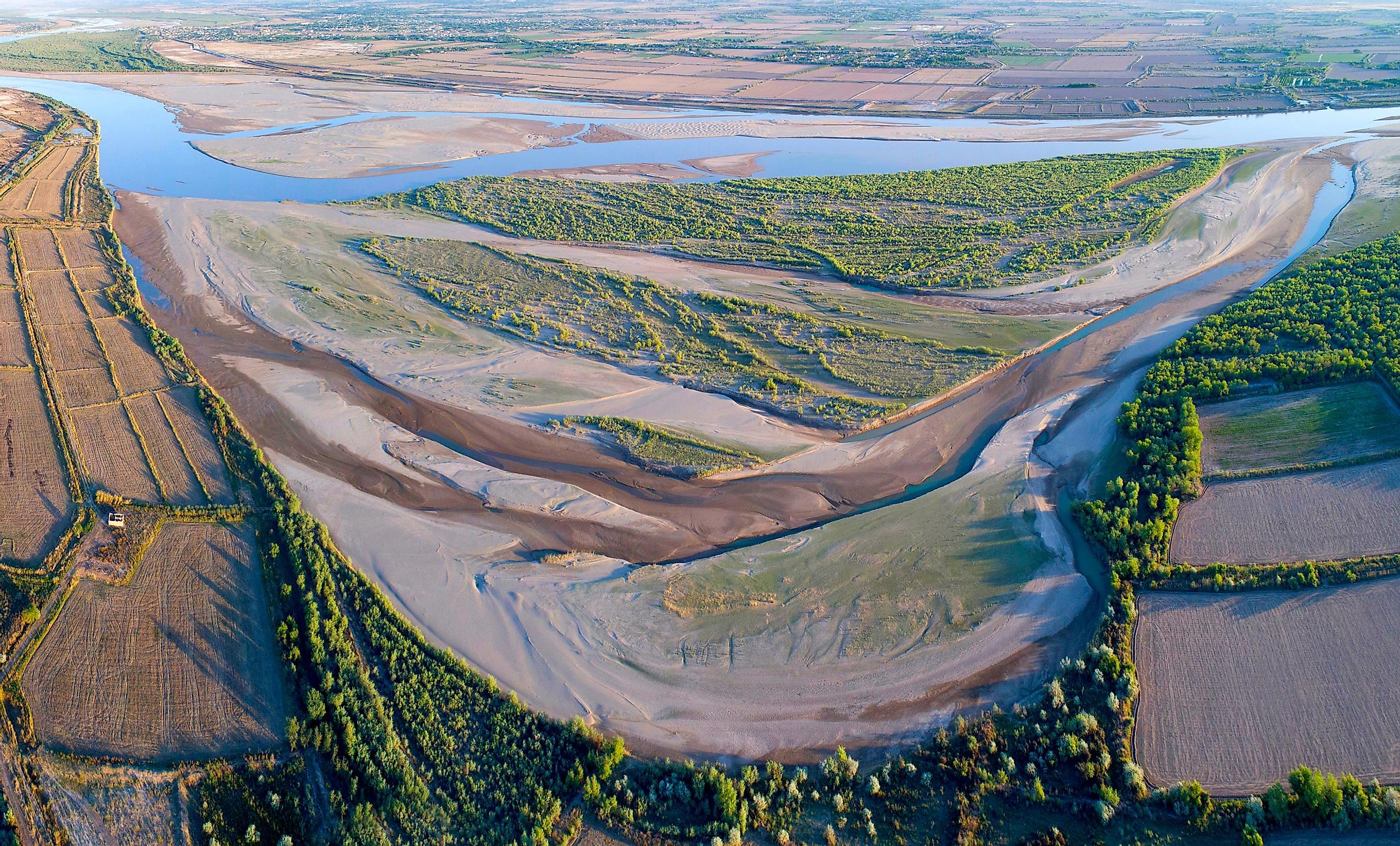Is it possible to witness the devastating impact of environmental change and human intervention on a global scale? The shrinking Aral Sea, once the fourth-largest lake in the world, now a collection of fragmented water bodies, stands as a stark testament to the consequences of unsustainable practices.
The story of the Aral Sea is one of ecological tragedy, fueled by the decisions made in the name of progress. In the 1960s, the Soviet Union embarked on an ambitious irrigation project, diverting the waters of the Amu Darya and Syr Darya rivers, the two primary sources of the lake. This diversion, aimed at boosting cotton production in the arid Central Asian region, had unforeseen and devastating consequences. The rivers, once flowing freely into the Aral Sea, were channeled into an intricate network of canals, starving the lake of its lifeblood.
The initial effects were subtle, but the long-term repercussions were catastrophic. The water level began to drop, salinity increased dramatically, and the once-vibrant ecosystem began to collapse. Fish populations dwindled, fishing villages were abandoned, and the local economy crumbled. The Aral Sea, once a thriving hub of life, became a symbol of environmental degradation.
- Hdhub4u Movie Download In Hindi Your Ultimate Guide To Bollywood Blockbusters
- 5movierulz 2024 Your Ultimate Guide To Downloading Kannada Movies
The Amu Darya river, which once played a vital role in replenishing the southern part of the Aral Sea, has seen its water contributions drastically reduced. This has led to the near-total disappearance of the southern basin, leaving behind a desolate landscape of salt flats and exposed seabed. The northern part of the lake, fed by the Syr Darya, has fared somewhat better, thanks to the construction of a dam in 2005, which has helped to maintain a higher water level and restore some of the ecosystem's health. However, the southern part is a stark reminder of the irreversible damage that has been done.
The rapid changes induced by human activity have left an indelible mark on the Aral Sea. The dramatic decline in water levels has led to increased salinity, making the water toxic to most aquatic life. The exposed seabed, laden with salt and pollutants, has become a source of dust storms that carry these harmful substances across the region, contributing to respiratory illnesses and other health problems. The local climate has also been affected, with hotter summers, colder winters, and a decrease in rainfall.
The story of the Aral Sea is not just a local tragedy; it is a global warning. It underscores the interconnectedness of ecosystems and the importance of responsible environmental management. It serves as a reminder that short-term economic gains can come at the expense of long-term ecological sustainability. The lessons learned from the Aral Sea are crucial for addressing other environmental challenges around the world, from climate change to deforestation.
- Tamilblaster The Ultimate Hub For Tamil Movie Enthusiasts
- Hdhub4u Bollywood New Your Ultimate Destination For Latest Movies And Entertainment
The Amu Darya's diminished contribution has exacerbated the environmental issues. While the North Aral Sea, fed by the Syr Darya, has shown signs of recovery, the Southern Aral Sea has largely vanished, a monument to environmental mismanagement. The tale of the Aral Sea is a cautionary one, urging us to reconsider our relationship with the natural world and the implications of our actions.
The impact on the local communities has been devastating. Fishing, once a major source of income, has become impossible. The harsh climate and the toxic dust storms have made life incredibly difficult. The legacy of the Aral Sea is one of displacement, disease, and economic hardship. The stories of the people who lived and worked on the shores of the Aral Sea are heart-wrenching, highlighting the human cost of environmental destruction.
Despite the immense challenges, efforts are being made to mitigate the damage and restore parts of the Aral Sea. The Kok-Aral Dam, built in 2005, has been successful in raising the water level in the Northern Aral Sea and restoring some of its biodiversity. However, the Southern Aral Sea remains largely beyond repair, a stark reminder of the scale of the environmental catastrophe.
The situation with the Amu Darya reflects a broader problem: insufficient water flow into the southern area. Efforts to use a sluice in the dike to channel water have been inadequate, failing to offset the pervasive evaporation. The environmental degradation, the rising salinity levels, and the loss of aquatic life are testaments to the profound effects of such choices. The changes are a result of human action in the latter part of the 20th century.
The narrative of the Aral Sea is multifaceted. It features the tale of a once-mighty river that was forced to diminish before it could reach the South Aral Sea, which brought about a marked increase in the significance of groundwater recharge (GW).
The term "dike" in Greek literature initially meant [].
This article highlights the critical need for constructing a second dike and a structure to manage flow at the new discharge location.
The American Military University (AMU), recognized as the foremost provider of higher education to the U.S. military, has earned its reputation as the top choice for veterans leveraging their GI Bill benefits. This recognition is based on data from the Department of Defense and the Veterans Administration, as reported in 2020 and 2023, respectively.
For individuals seeking information via electronic means, including upcoming courses, recruitment events, newsletters, and other resources, they can submit a form and agree to receive such information. American Public University System, Inc., encompassing AMU and American Public University (APU), is committed to providing this information.
If you applied before January 15, 2022, your student ID serves as your username.
For security, it's important to log out and close your web browser after accessing services that require authentication.
The stories and discussions on the Amu Darya and related topics, such as "Funny bros amu dike comedy," are available on platforms like Facebook, where you can connect with others.
The content available is varied. This includes the examination of environmental degradation impacting bodies of water. These topics also involve interactions and various forms of comedy, as seen in instances like "Funny bros amu dike comedy." The content emphasizes connectivity and communication.
The provided information is valuable and comprehensive. Further exploration of the Amu Darya and related topics is encouraged.



Detail Author:
- Name : Zoie Bradtke
- Username : hbailey
- Email : jalen45@rutherford.org
- Birthdate : 1991-12-14
- Address : 2415 Alex Ports East Camillamouth, MT 63553
- Phone : 1-445-804-9670
- Company : Kris Inc
- Job : Public Health Social Worker
- Bio : Consequuntur velit est consequatur saepe est dolorem quidem. Est odio quas molestias assumenda consequatur omnis. Id veritatis maxime maiores et itaque impedit non. Ea ipsum vel rem est ipsa ea.
Socials
facebook:
- url : https://facebook.com/jglover
- username : jglover
- bio : Est molestias accusamus ratione non nostrum aut.
- followers : 5457
- following : 2293
tiktok:
- url : https://tiktok.com/@glover1993
- username : glover1993
- bio : At sapiente reprehenderit eveniet soluta fugit pariatur.
- followers : 3326
- following : 799
instagram:
- url : https://instagram.com/jayneglover
- username : jayneglover
- bio : Nihil culpa animi sed dolor voluptatem. Omnis et qui quod in dolor. Tenetur in quas et.
- followers : 6261
- following : 1402
twitter:
- url : https://twitter.com/jglover
- username : jglover
- bio : Quidem quibusdam itaque corporis explicabo. Saepe maiores ut fugit qui. Sit fuga assumenda dolores totam tenetur.
- followers : 1142
- following : 2909
linkedin:
- url : https://linkedin.com/in/jayne.glover
- username : jayne.glover
- bio : Cum ipsum ducimus quidem explicabo sint.
- followers : 536
- following : 710